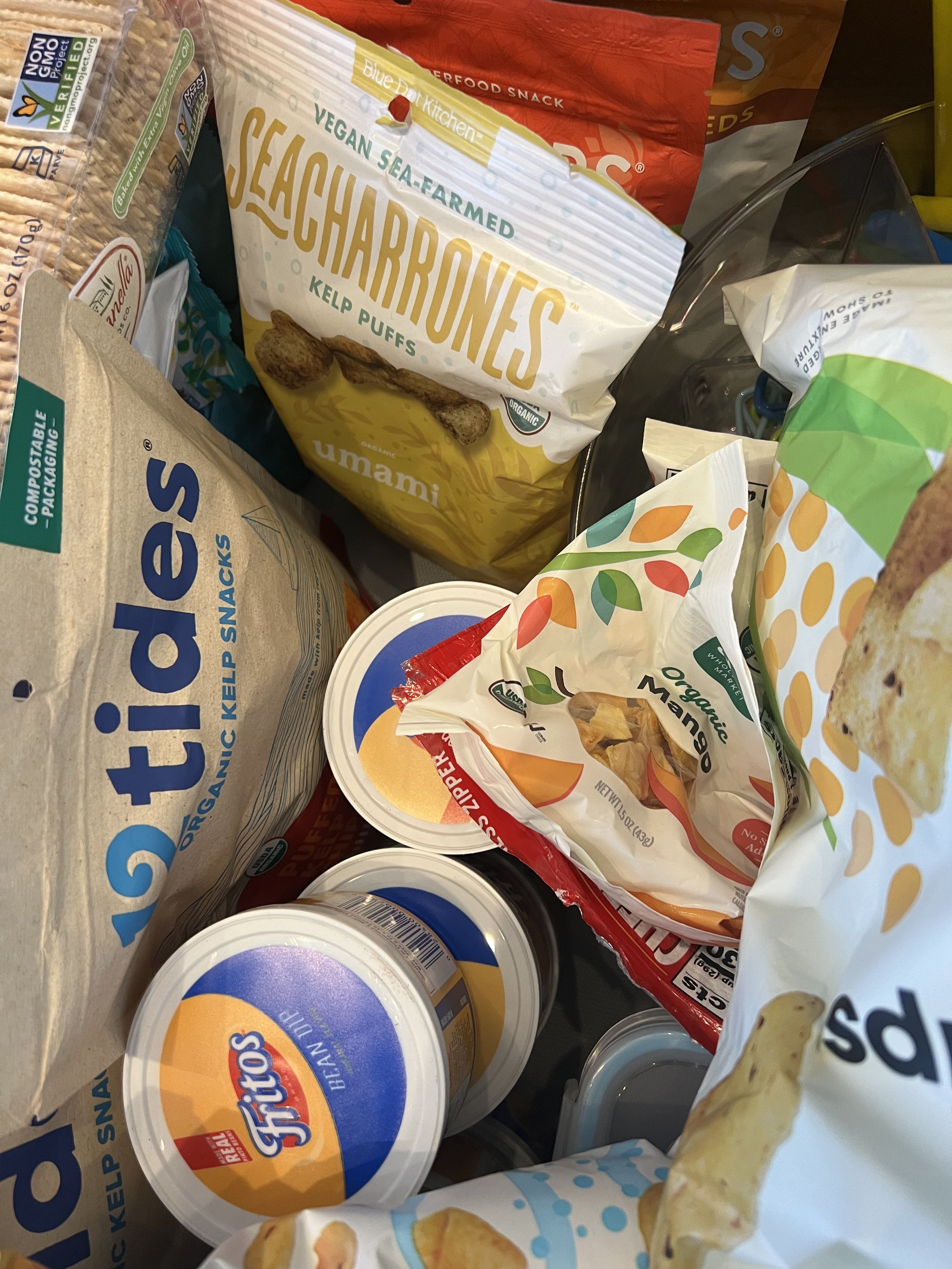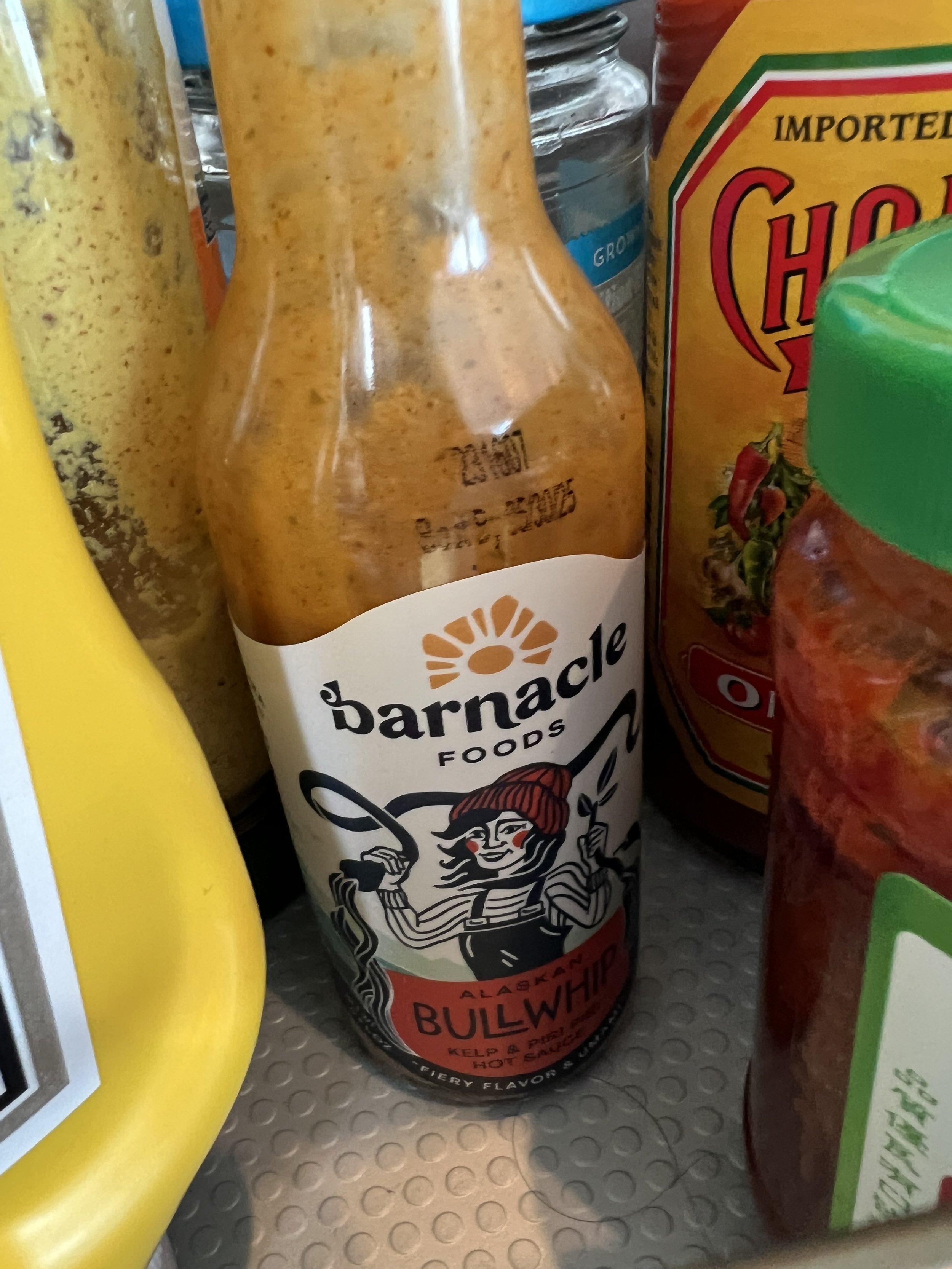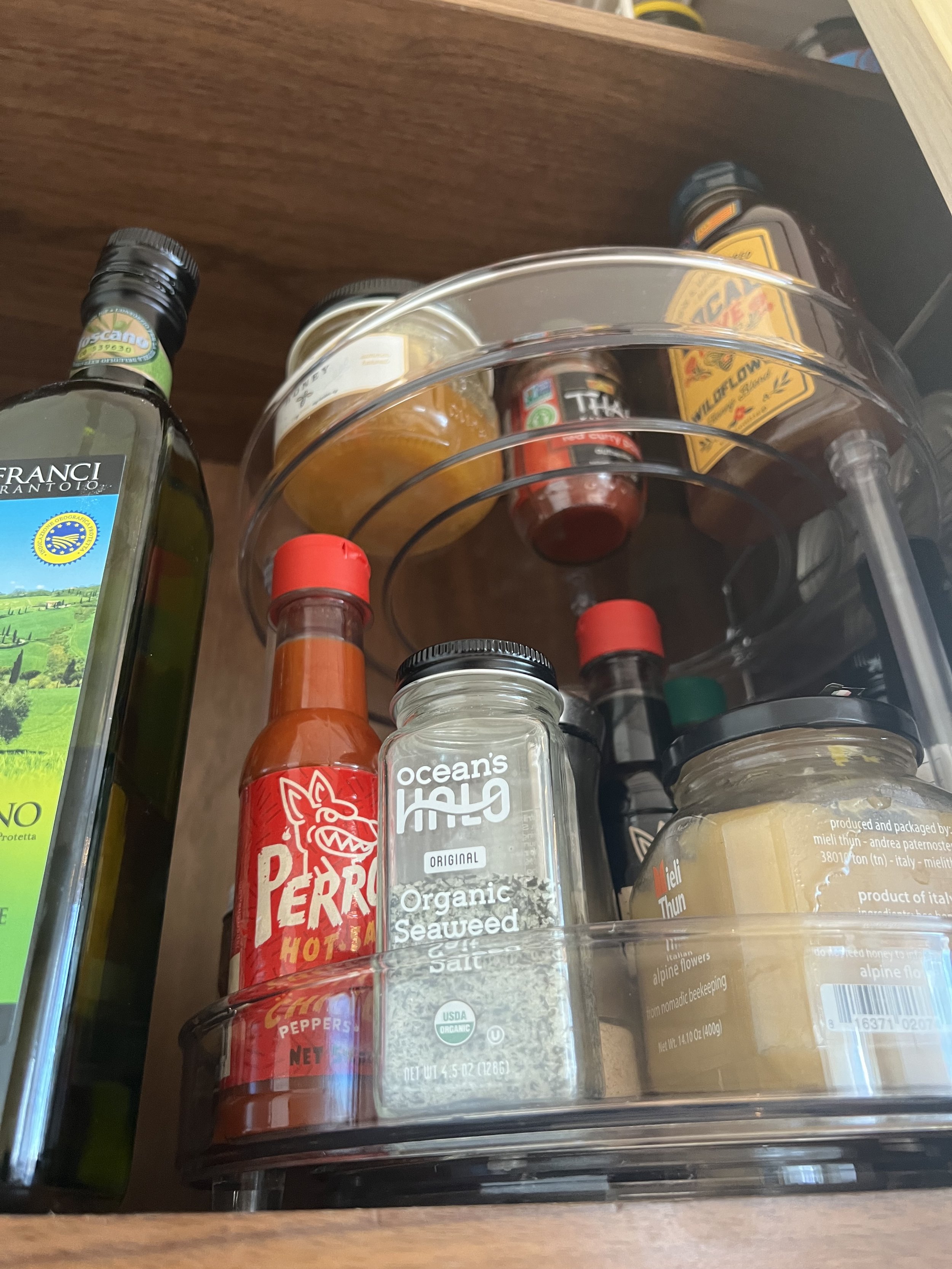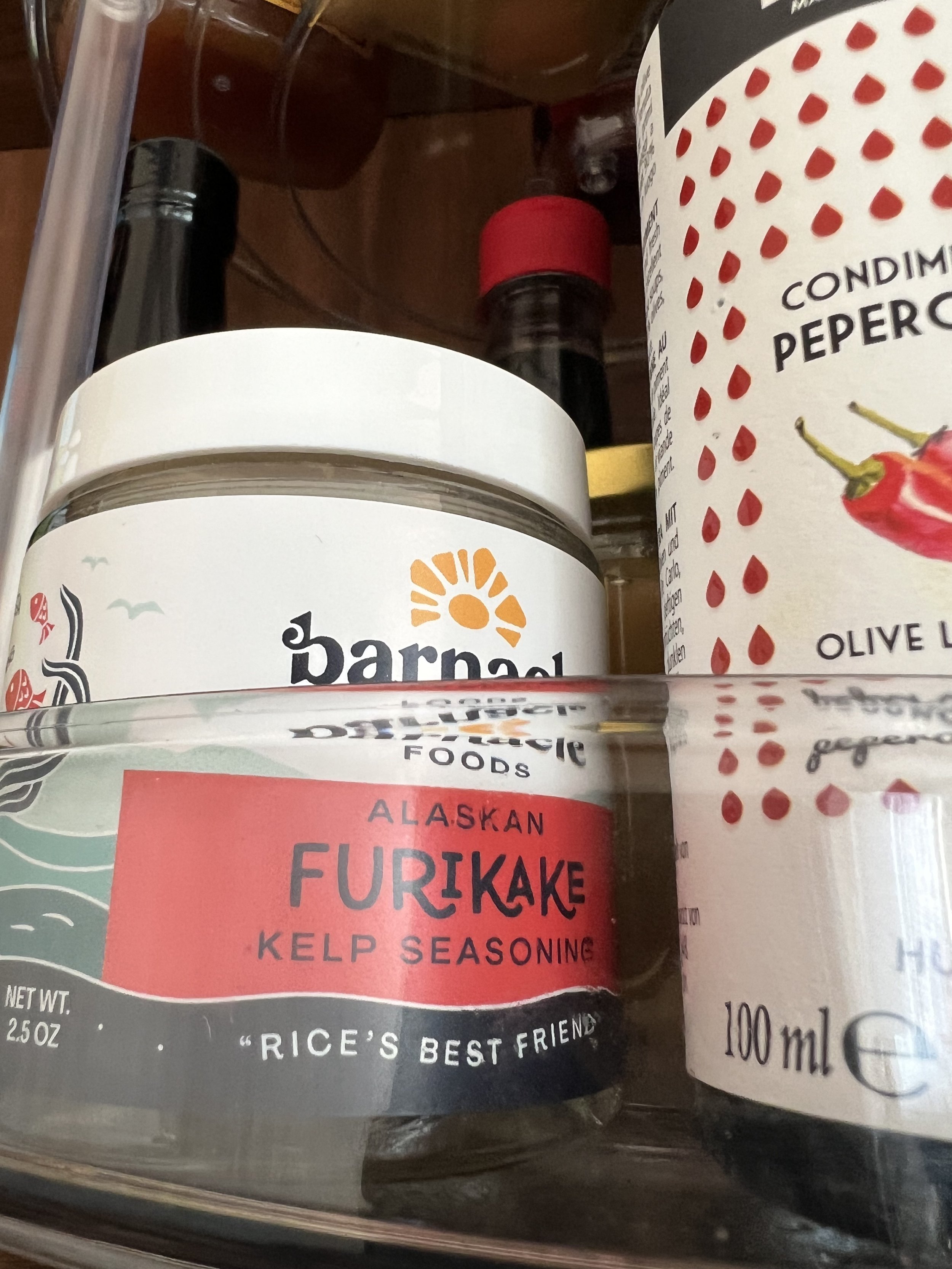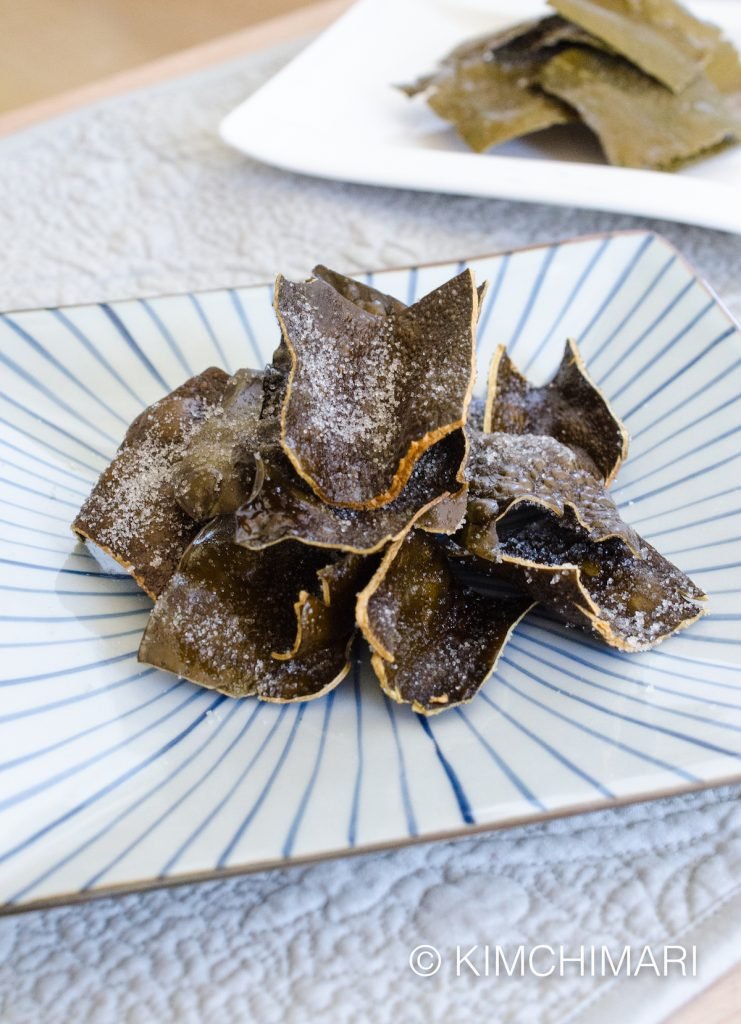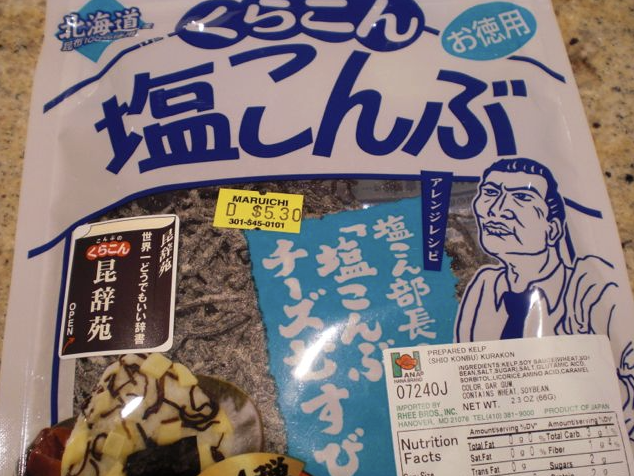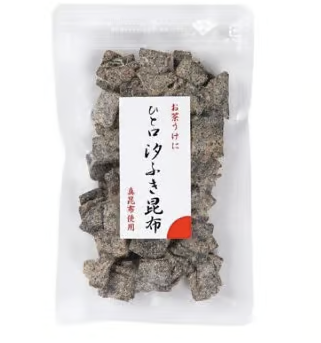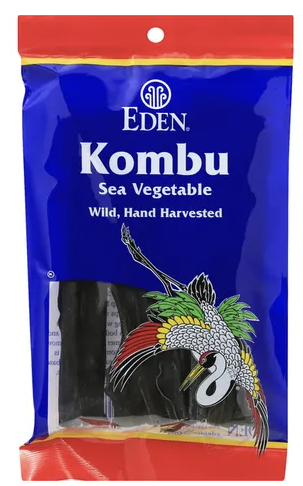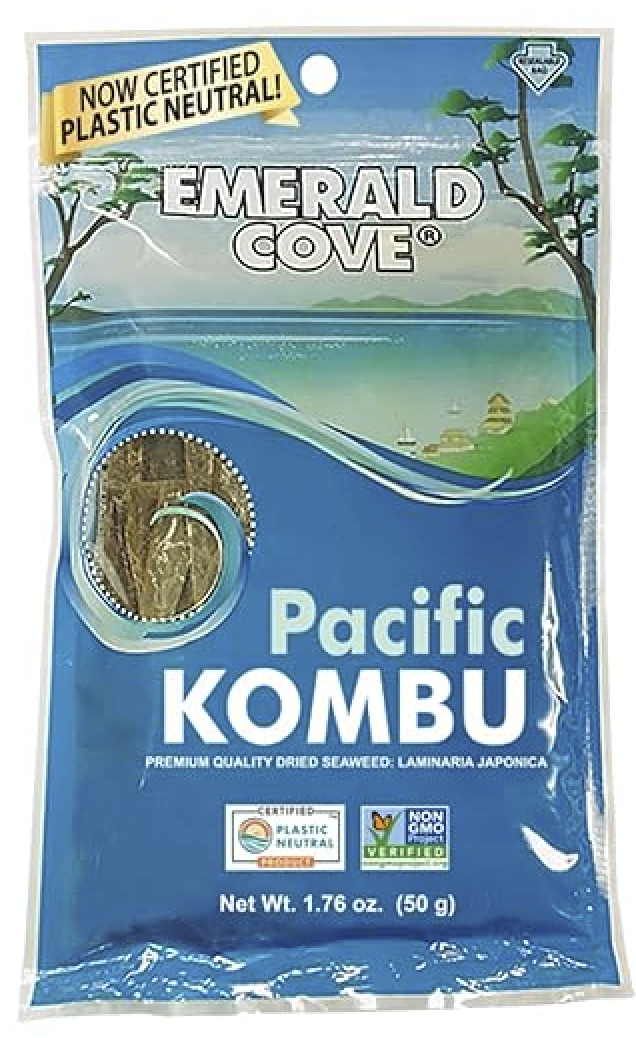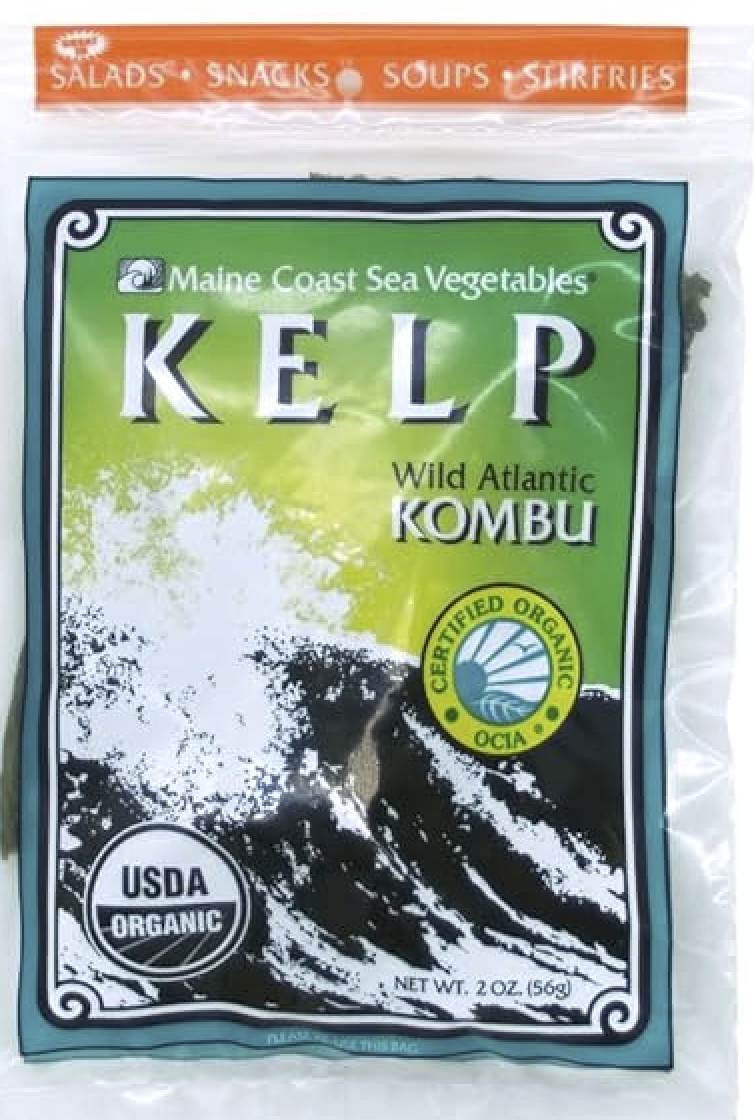Not 'The New Kale'. It's Better
My inbox is punctuated with emails from folks looking to get their hands on some kelp. “I could eat seaweed salad all day!”
I love a headlong enthusiast, but let’s back up.
If you’re one of the lucky ones in NY who manages to get their hands on fresh-farmed kelp this season, you could certainly try to go home and make seaweed salad out of it or position it next to your fish filet as a green side- but I don’t recommend it, as it’s high in iodine (which is a great thing, in small quantities), and, well, I don’t think you’ll love it that way. There- I said it out loud. It has a strong, nutritious flavor, as it happens to be one of the most nutrient-dense foods on the planet. (Kelp does this funny thing where it accidentally shows up to contests and wins them when it’s not even trying.)
Kelp is decidedly not the new kale. It’s also not a vegetable or even a plant, despite NYT’s repeated efforts to convince us otherwise.
And thank goodness for that.
There are brown, red, and green seaweeds. (I recently learned that red seaweeds were discovered to be 1.2 billion years old. Hundreds of millions of years before plants came onto the scene. But I digress.) Sugar kelp is a brown seaweed. Today, we have brown sugar kelp farmed in our local waters. Why did we choose to focus on sugar kelp and not some other variety? I’m afraid I don’t have a thoughtful answer to this question. My answer is “because everybody else is doing it”, which makes it the easiest entry point into developing local seaweed cultivation & processing practice. And it holds a lot of potential, even if it’s locally much less understood than nori, wakame, or even ulva. I think that we have a lot to learn about cultivation, processing and markets, and we can always transfer our knowledge and progress to other, more popular species with relative ease down the line.
Will Long Island see other varieties farmed in the future that more closely approximate “sea veggies”? I certainly hope so. In fact, the pesky ulva that washes up on LI shores is what many are referring to when they profess their love for certain types of seaweed salad. (I don’t recommend wild-harvesting it from just anywhere.) Nori, on the other hand (the yummy stuff around your sushi), is in the Pacific - although I recently learned that Laver is grown in the Atlantic, which is supposedly similar. I just ordered some to try. Seaweed salad, if you’re curious, is wakame.
Sugar kelp doesn’t ask much. It’s not asking for an invitation to Thanksgiving, for you to make room in your refrigerator, to betray your tastebuds, or to adopt a new regimen. It isn’t the flashy dramatic friend who tries to coax you into a new lifestyle. Kelp is (or can be) the friend you have low-key text threads with on all the platforms you use. It’s just there- patient and flexible. It’s the one who curls up on your couch and wants to listen to you. When you think sugar kelp, think comfort. Umami. Home base. Slow and steady, easy does it, little by little. These are concepts you already know and crave, even if you don’t have kelp in your kitchen yet.
I’ll risk publicly displaying the innards of my processed, Western-diet pantry (why, yes, that’s Frito bean dip) because I want you to see how kelp can easily show up in your life. (I’m not displaying all of the other processed ways that algae shows up in products like toothpaste and yogurt- that’s another post for another time. This is a dried kelp post.)
In order of frequented use: chips (12 Tides, Seacharrones- my kids enjoy both), hot sauce (which I forgot to add to the first draft of this blog post - even though it boasts kelp as its first ingredient - because it has become such an easy-reach-for item, I don’t think much about it), seaweed salt seasoning (clutch, my friends! You slowly start to crave it after a few uses), no-chicken broth (Ocean’s Halo), dried stalks (for DIY soup base - and I’m going to be real with y’all- I don’t use it as often as I’d like. I’m more likely to pull the seaweed salt... it’s quicker) - and another fun sprinkle addition for rice when you’re making something simple like chicken+rice or fish+rice and you need a little extra something.
Neither pictured nor found anywhere in my kitchen:
Kale.
At the beginning of this post, I mentioned the many people who reach out who are interested in trying local kelp for the first time. There’s one exception: Sue Ide, who knew exactly what she was after. She was intrigued by sugar kelp and its unique feature of containing higher amounts of mannitol than other varieties; she shared with me that it’s not readily available in Japan like other forms of kombu. Sue has been a wealth of information about the history and use of kelp (kombu) and is the inspiration for this blog post. I’ve been her eager pen pal for the past year or so; most recently, she emailed me about kelp in cream cheese for bagels (pictured below, right). It can also be fried into a chip (below, left)- crunchier and thicker than the seaweed snacks we commonly see in the grocery store aisles today, since it’s kombu - not nori.
I learned from Sue that, traditionally, sugar kelp is known in Japan as karafuto kombu. “Sugar kelp grows naturally in Europe along the Atlantic coasts, as far south as Portugal and as far north as Novaya Zemlya, an archipelago in the Arctic Ocean near northern Russia. Worldwide, it can also be found (and cultivated) along the eastern coasts of America down to New Jersey, along the Pacific coasts, in the Bering Straits, and near Japan.”
Sue recently shared with me a list of some places to experience kombu in NYC. You’ll notice the list isn’t hundreds of restaurants long like you might have expected before reading this post. I also found this restaurant that highlights kombu dashi on their menu. This is how kombu shows up most often in restaurants.
Imagine the opportunity for growth.
Before I became a kelp enthusiast, kelp was hanging over my head in bags (pictured below) at my local Brooklyn coop. It probably hangs above yours, too, whether or not you realize it. Or not, if you’re taller. Only one of these four is Atlantic sugar kelp- the green package on the right. The other three are similar, but not sugar kelp- and grown in the Pacific.
Kelp, in its remarkable versatility (kale, take notes), can be even further processed and made into noodles. I personally am intrigued by this concept, as you get a very basic (ie, tasteless) building block that you can turn into basically anything. Whether or not it’s a ‘healthier alternative’ to regular noodles I suppose could be argued to death elsewhere. There’s no denying that it’s highly processed and the nutrition is stripped down to nothing- but you can’t deny its possibility.
Kale can keep its seat on whatever throne it’s claiming. Kelp is running an entirely different race. It’s fundamentally different and is qualitatively better suited to claim more space in more pantries across the United States.


